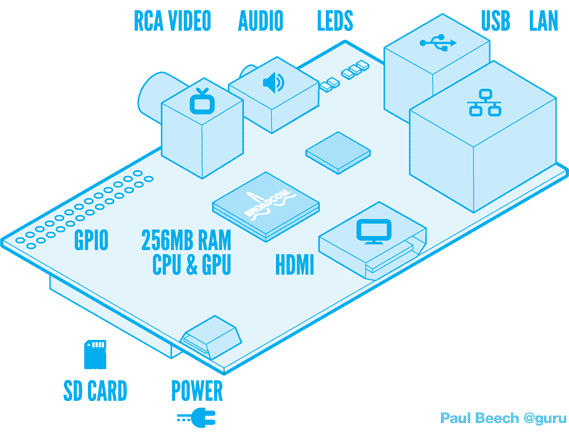Yes, it's been a while since my last blog post, I've been very busy creating a new site for developers around the new Liberty Profile,
wasdev.net. That's no excuse though! I don't think I've ever blogged about a conference I've not been involved with on this blog site or any others, however,
Monki Gras has changed all that...
Monki Gras is the second conference the guys at RedMonk have hosted, after the success of
Monktoberfest last year. They're technical conferences (Beer themed!) for developers that really do focus on community, technology and developer relations (and beer!). I haven't seen or been to a conference that compares to the awesomeness of Monki Gras and can't wait to go to the next one!!! I'm really pleased IBM decided to sponsor this conference in it's push for developer relations. Let's take a deeper look into what was on offer.
Sessions
The content for the conference was nothing short of amazing. The caliber of the speakers was excellent, ranging from the technical insights of lanyrd founder @simonw to the OS community experiences of Jenkins creator @kohsukekawa. My personal top three sessions were:
at 3: Why most UX is shite - http://www.slideshare.net/leisa/why-most-ux-is-shite - Leisa Reichel @leisa
Leisa gave a great overview of what needs to be clearly thought out to give users the best out of their potentially brief experience with your site/community/product. It wasn't a typical presentation about details required to make a UI pretty and usable, rather a back to basics trying to get people in the right mindset of what you need to be thinking about to then go on to create a great UI/UX. This is an area which I am quite passionate about learning and changing in my role to help with developer adoption of projects. Great presentation!
at 2: Kitteh vs. Chikin: What Data Can Tell Us About Who We Are and Who We Want to Be. - http://www.slideshare.net/mattlemay/kitteh-vs-chikin-what-data-can-tell-us-about-who-we-are-and-who-we-want-to-be-monktoberfest-2011 - Matt LeMay @mattlemay
A really entertaining presentation with some very interesting social stats contrasting what people share and what people click, including the now infamous kitteh/chikin analogy!
at 1: Creating a developer community - http://www.slideshare.net/kohsuke/building-developer-community - Kohsuke Kawaguchi, @kohsukekawa
Kohsuke gave some great insight about what he learnt in creating the community for Jenkin, including how everyone starts as a visitor and it's the interactions with the community that turns the visitor to a user and a user into a developer. There are of course many pitfalls, including UX which prevent these transitions such as crappy download sites/pages, installation guides and getting started pages that are far too big. A really good session about lowering the barrier to entry for a community.
Lunch
The attention to detail was really good throughout the conference, including great coffee (couldn't find a link - maybe someone could send me their details), great Japanese food, and amazing pastries! This may sound a bit silly, but trust me, it was epic.
Beer!
The link between craft beer and craft software/development was rarely too far away during sessions. As a keen beer drinker :) I certainly appreciated what was on offer, although I didn't stay overnight in London, as I'm on baby alert, so had to stay relatively sober :)
Well done to James Governor for what I understand is the first conference he has organised! Not a bad start, lets see if he can do better next time ;o) Hope to see you there!




